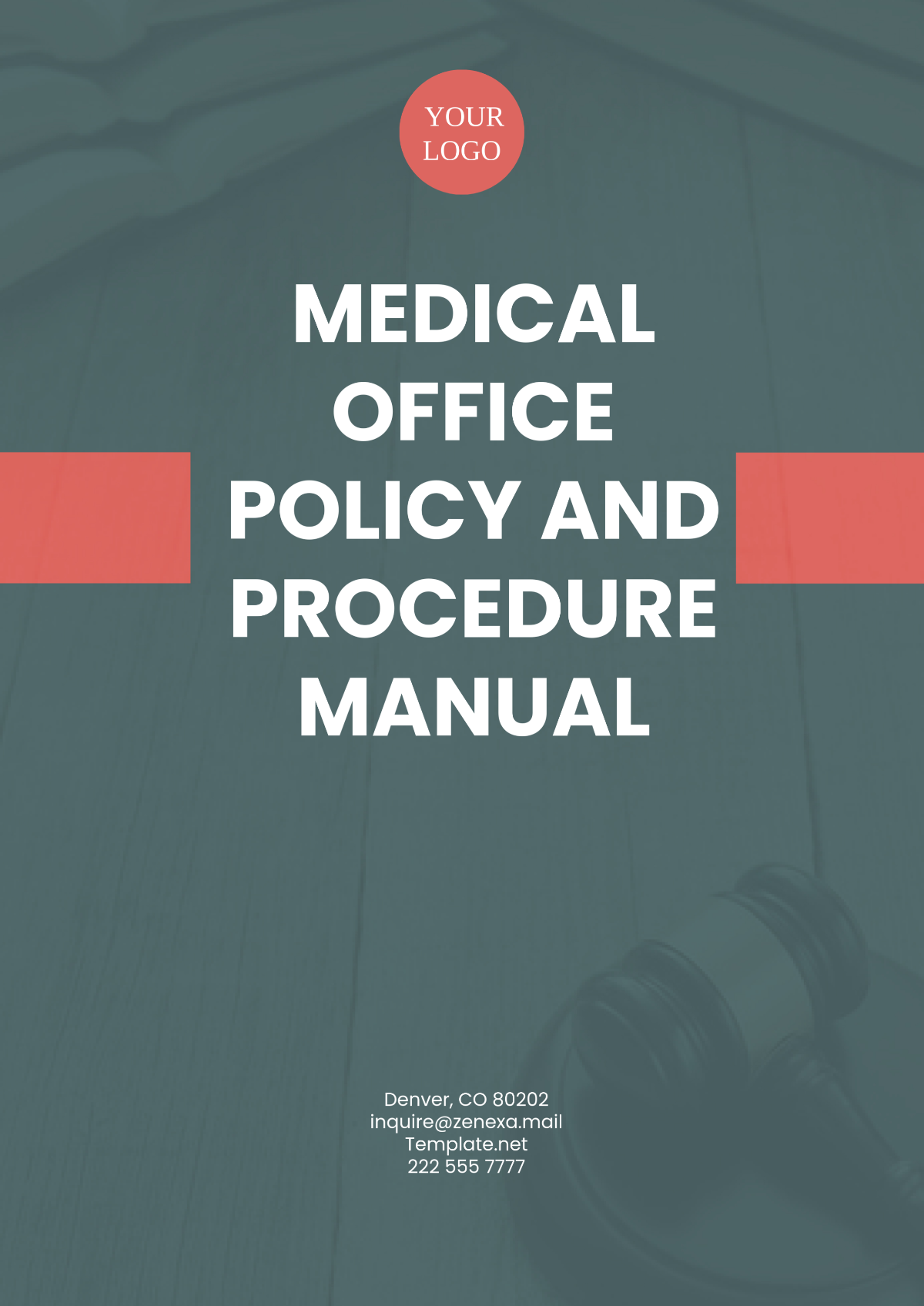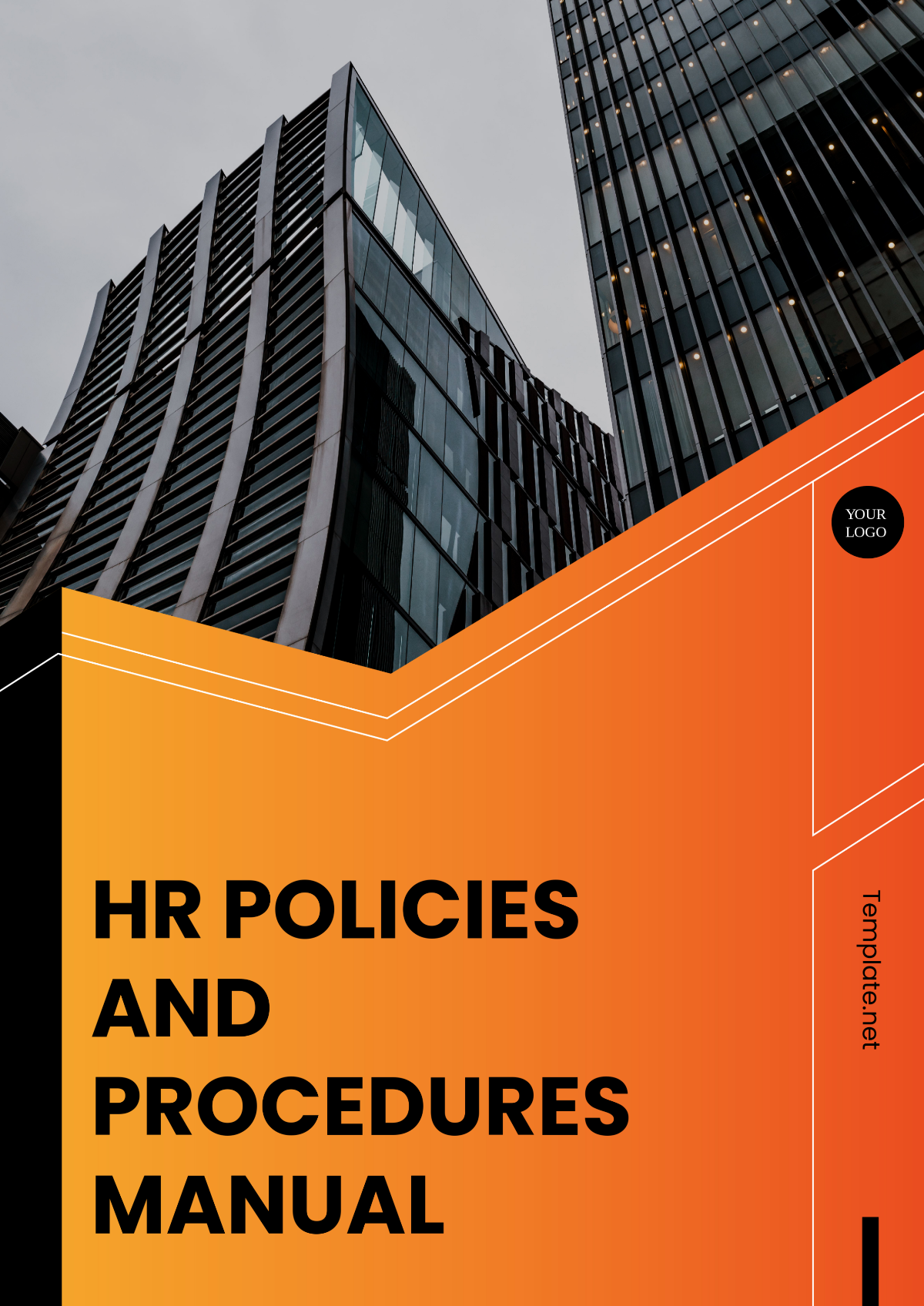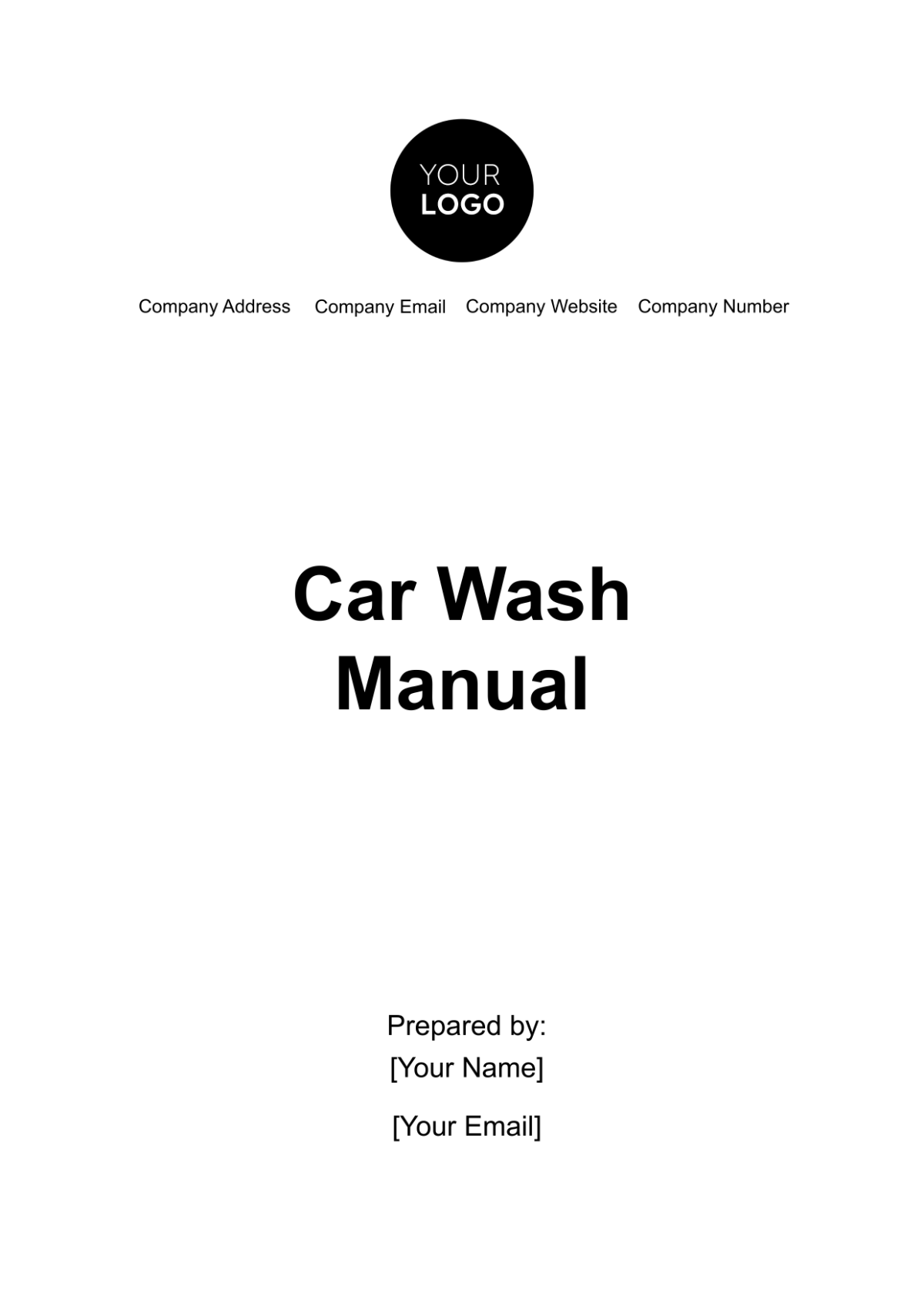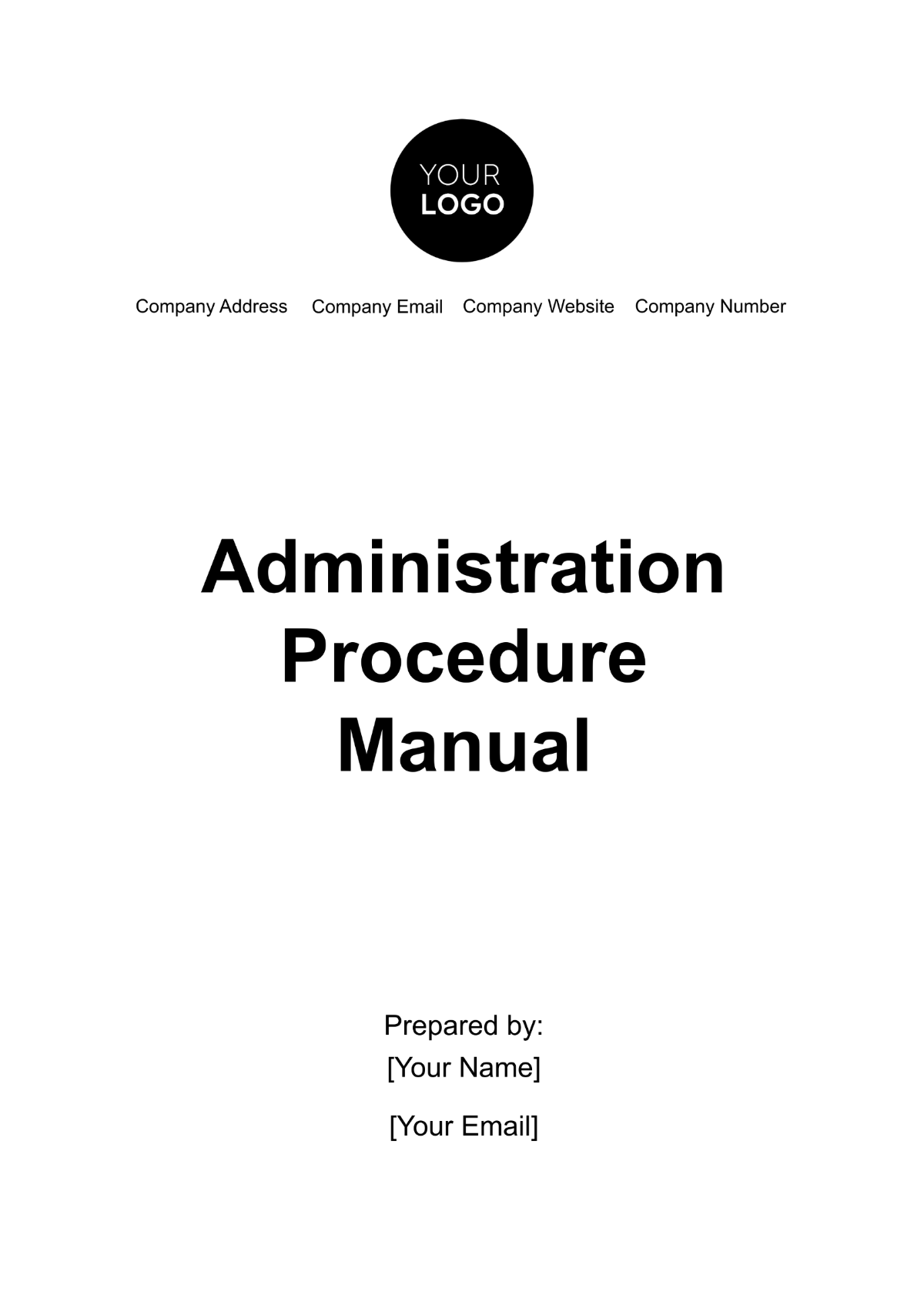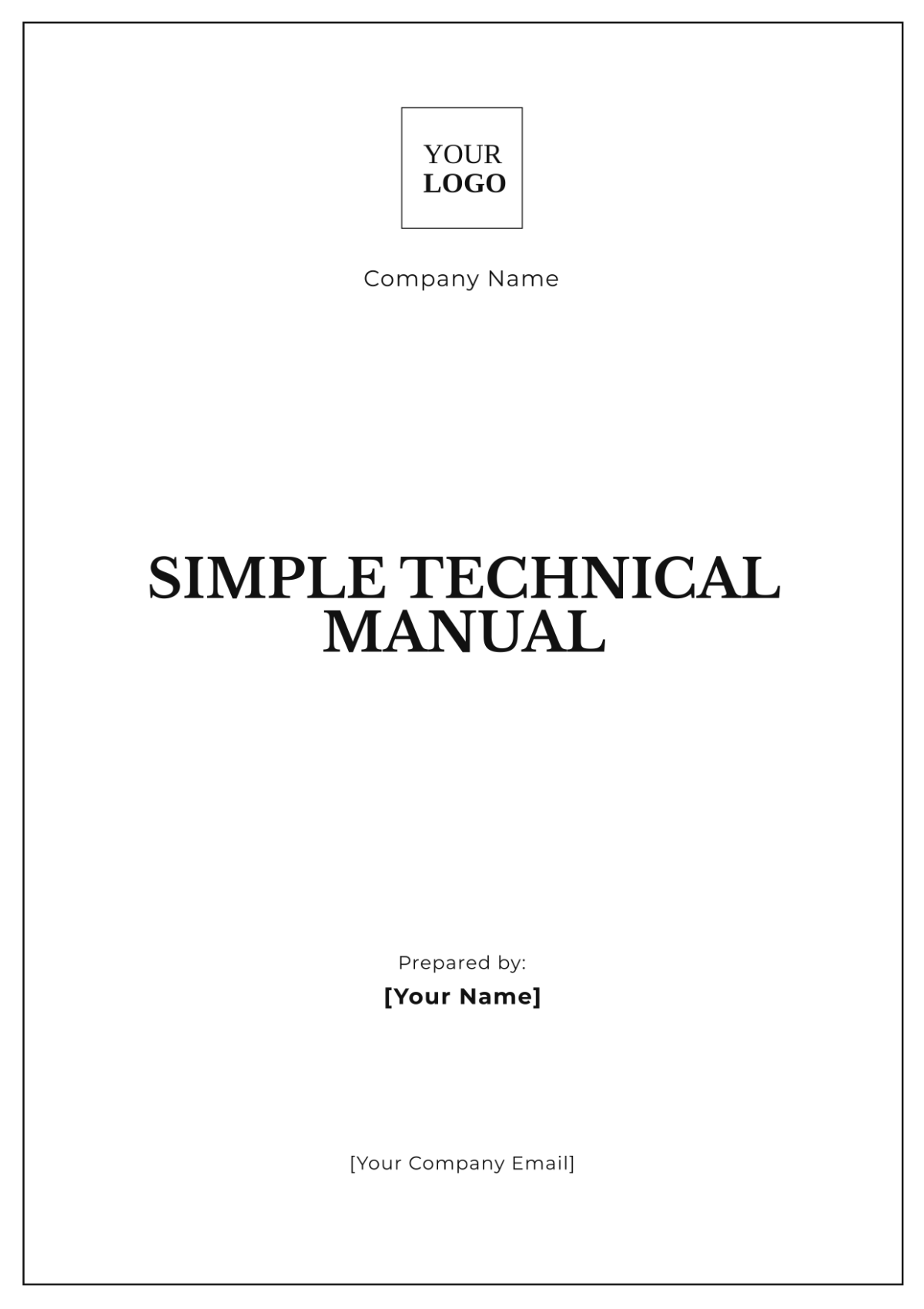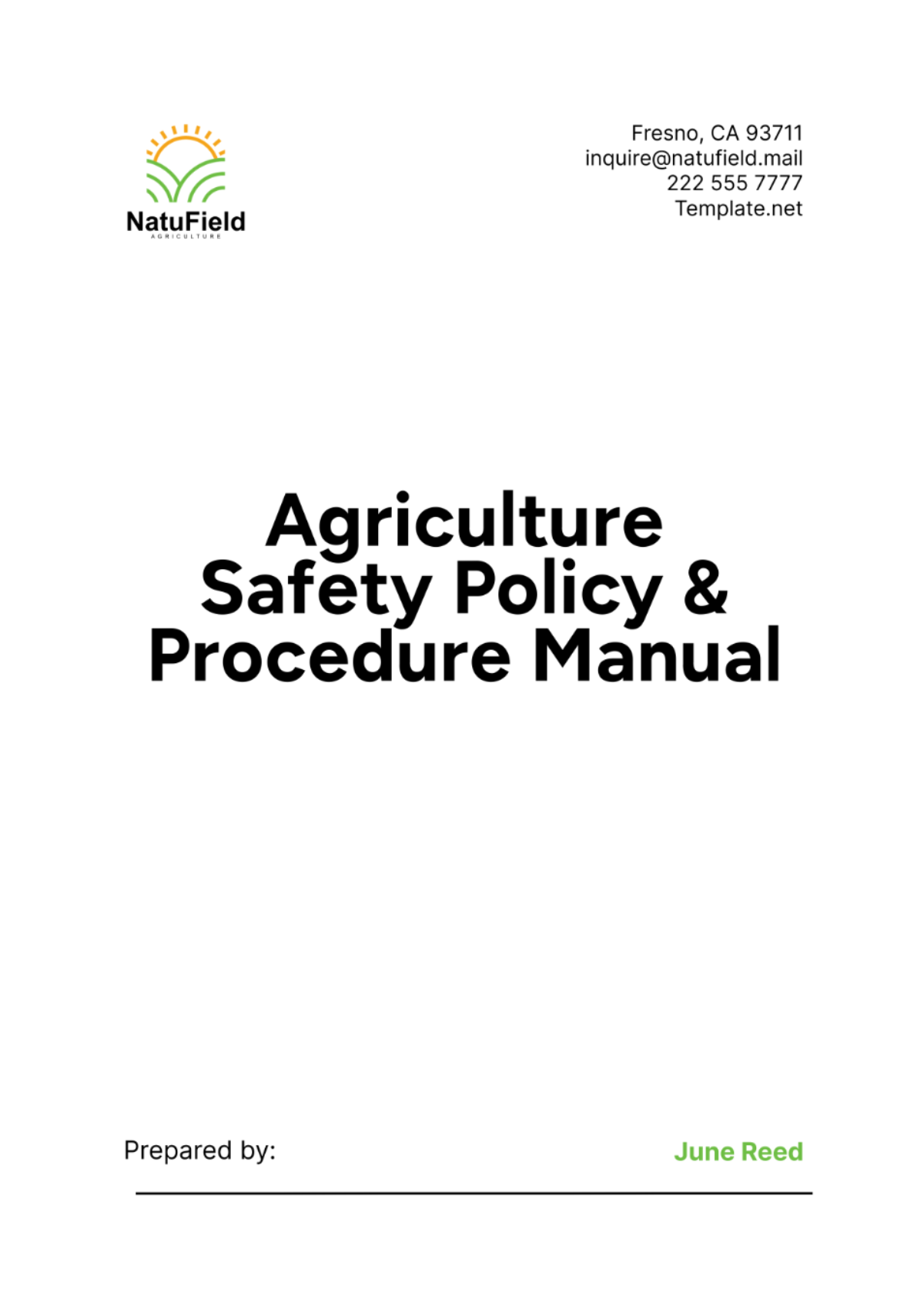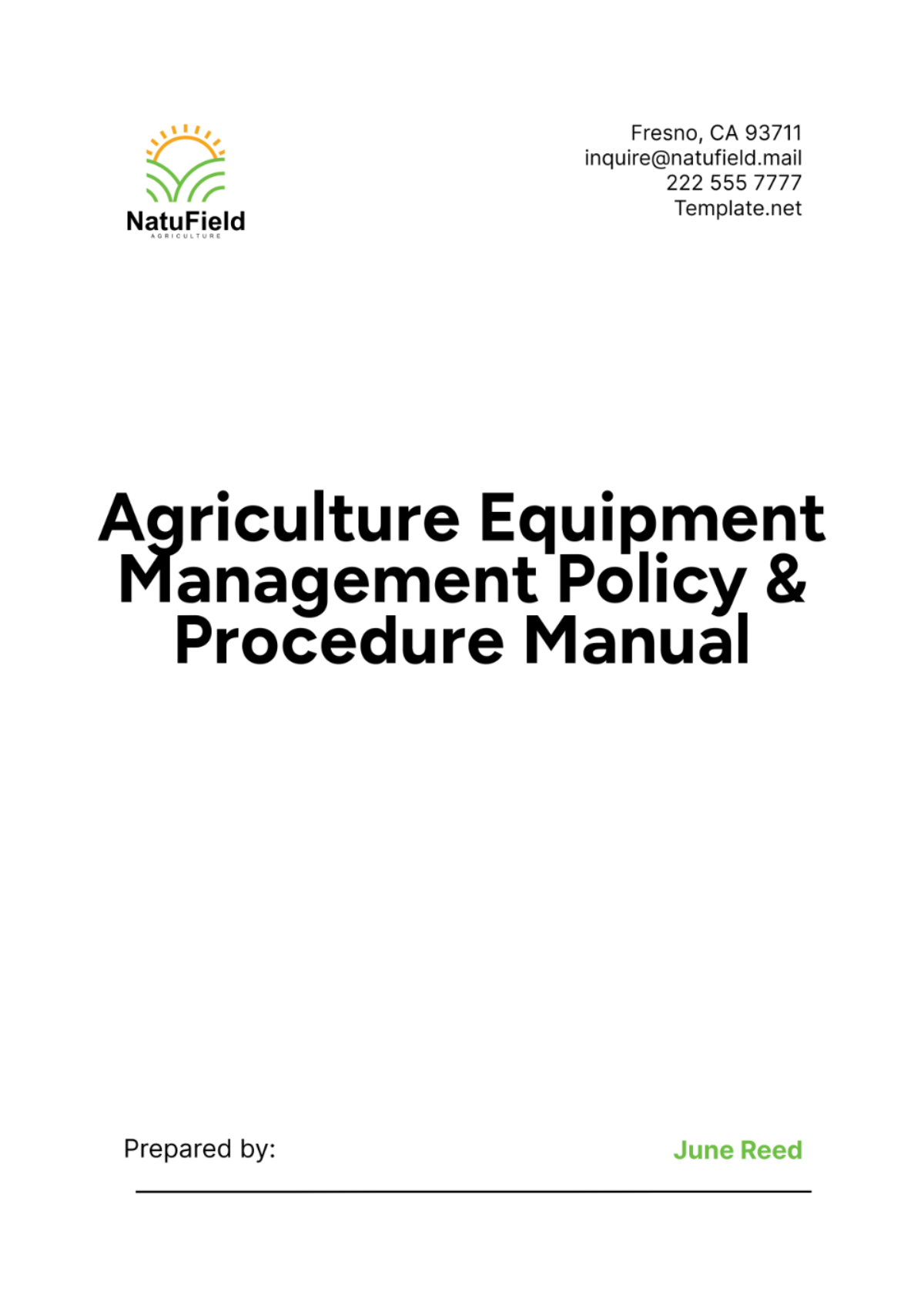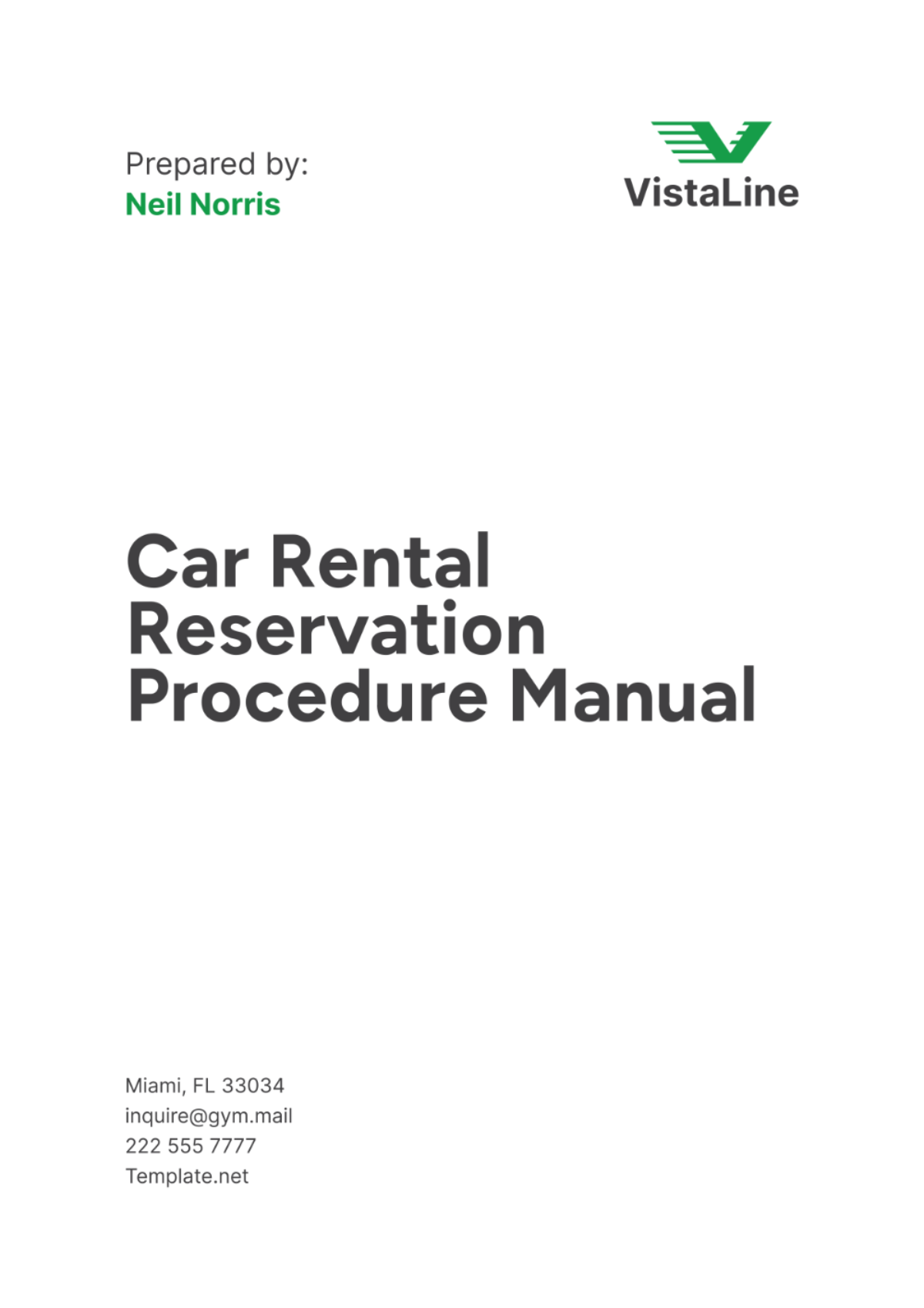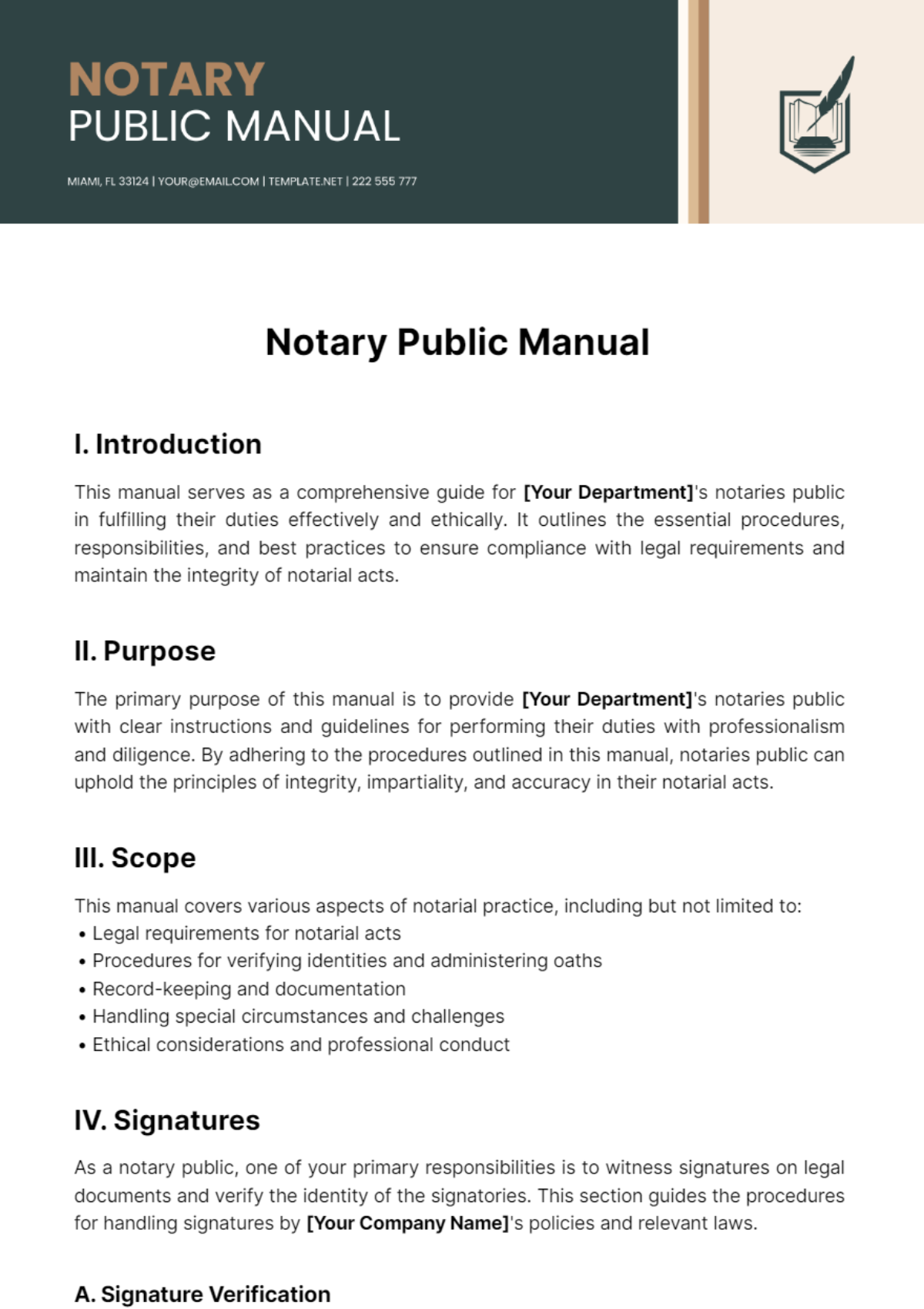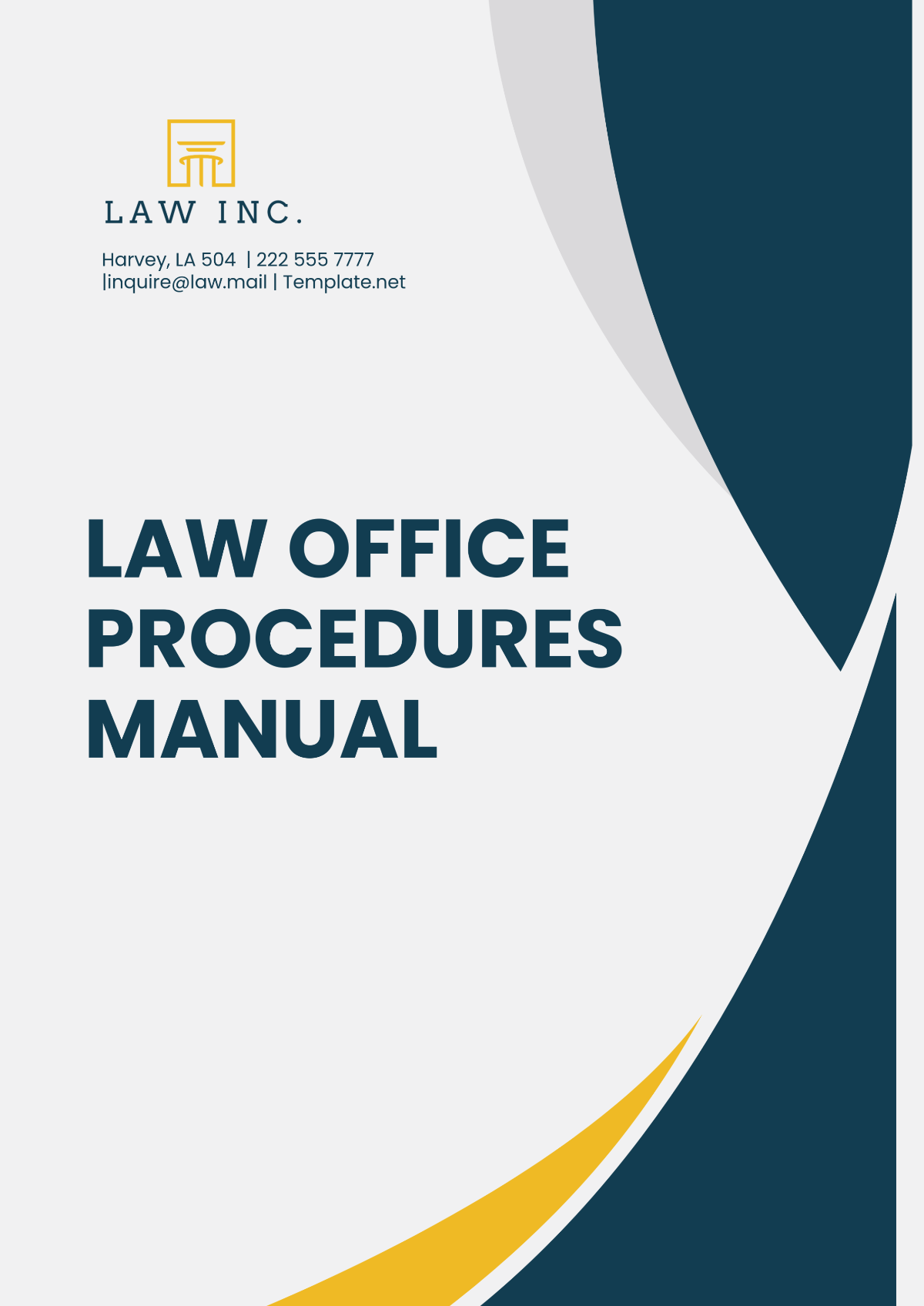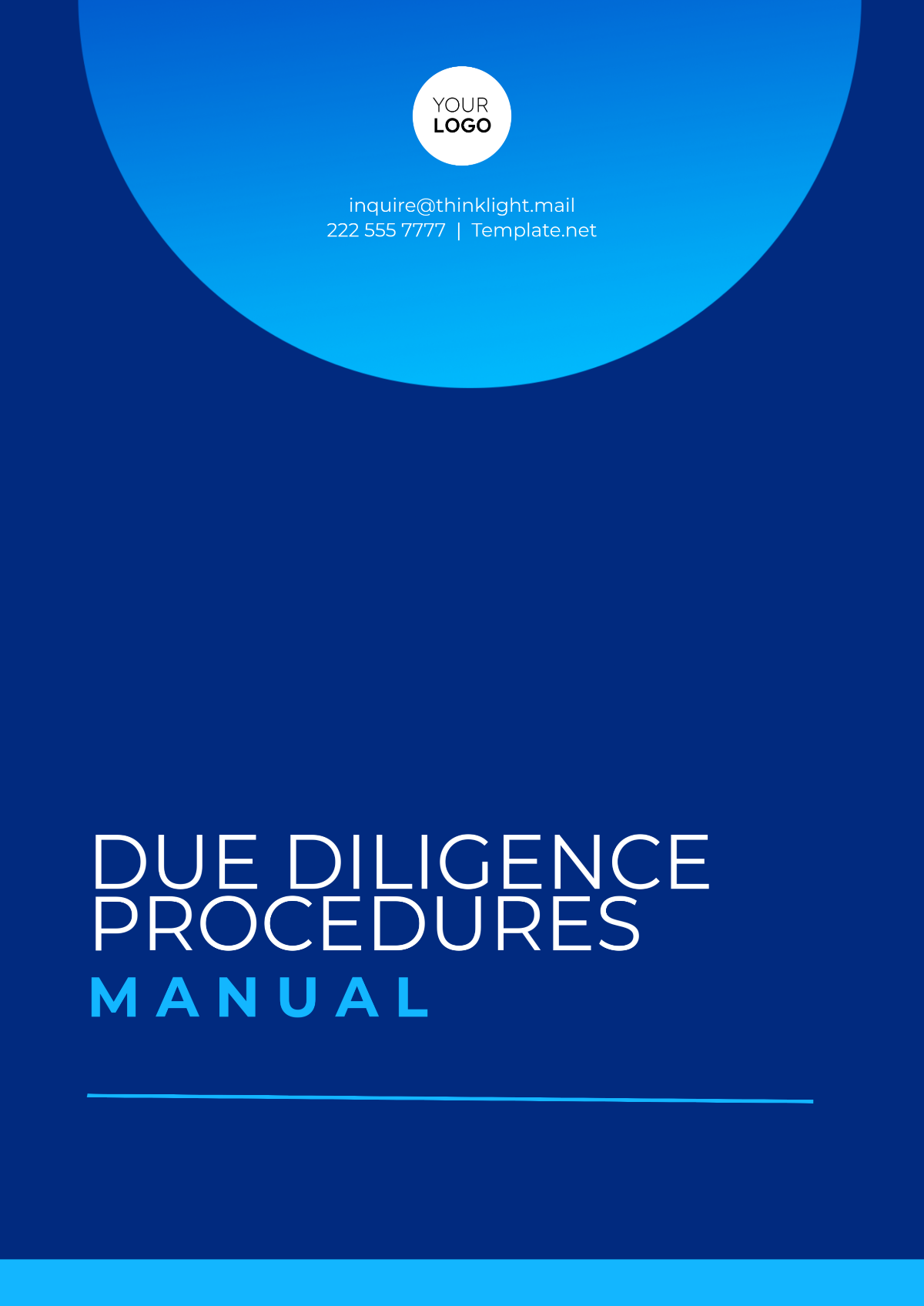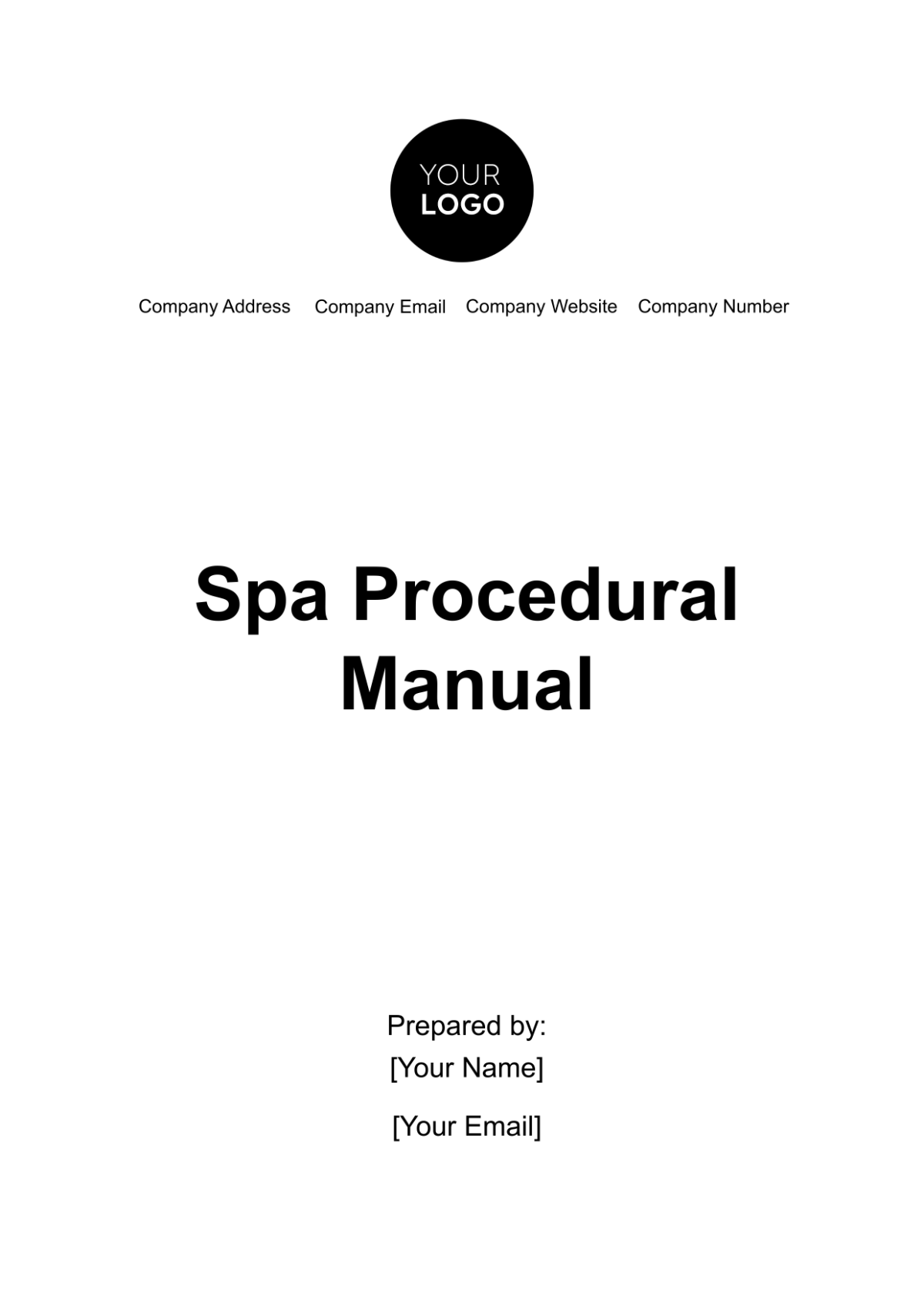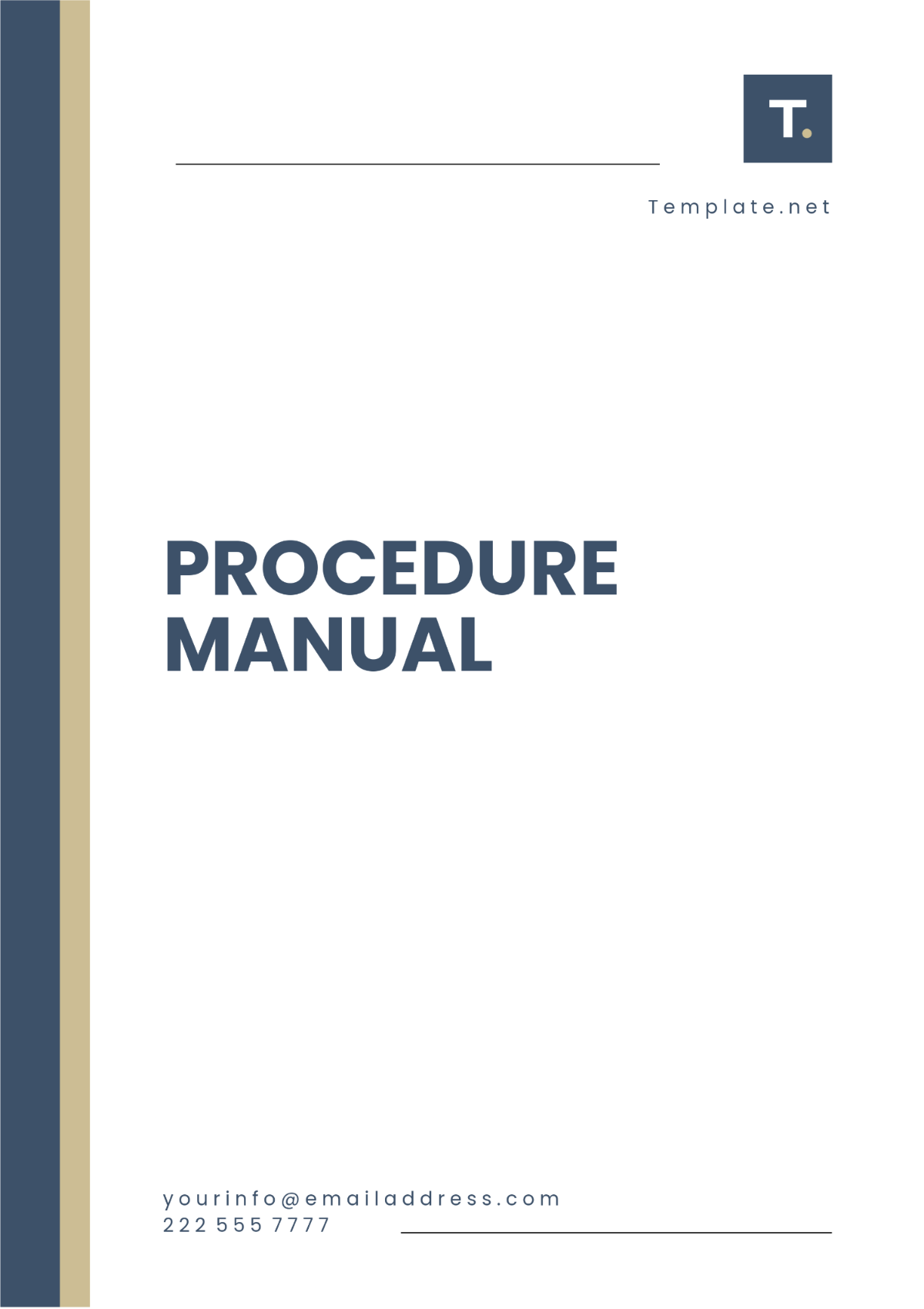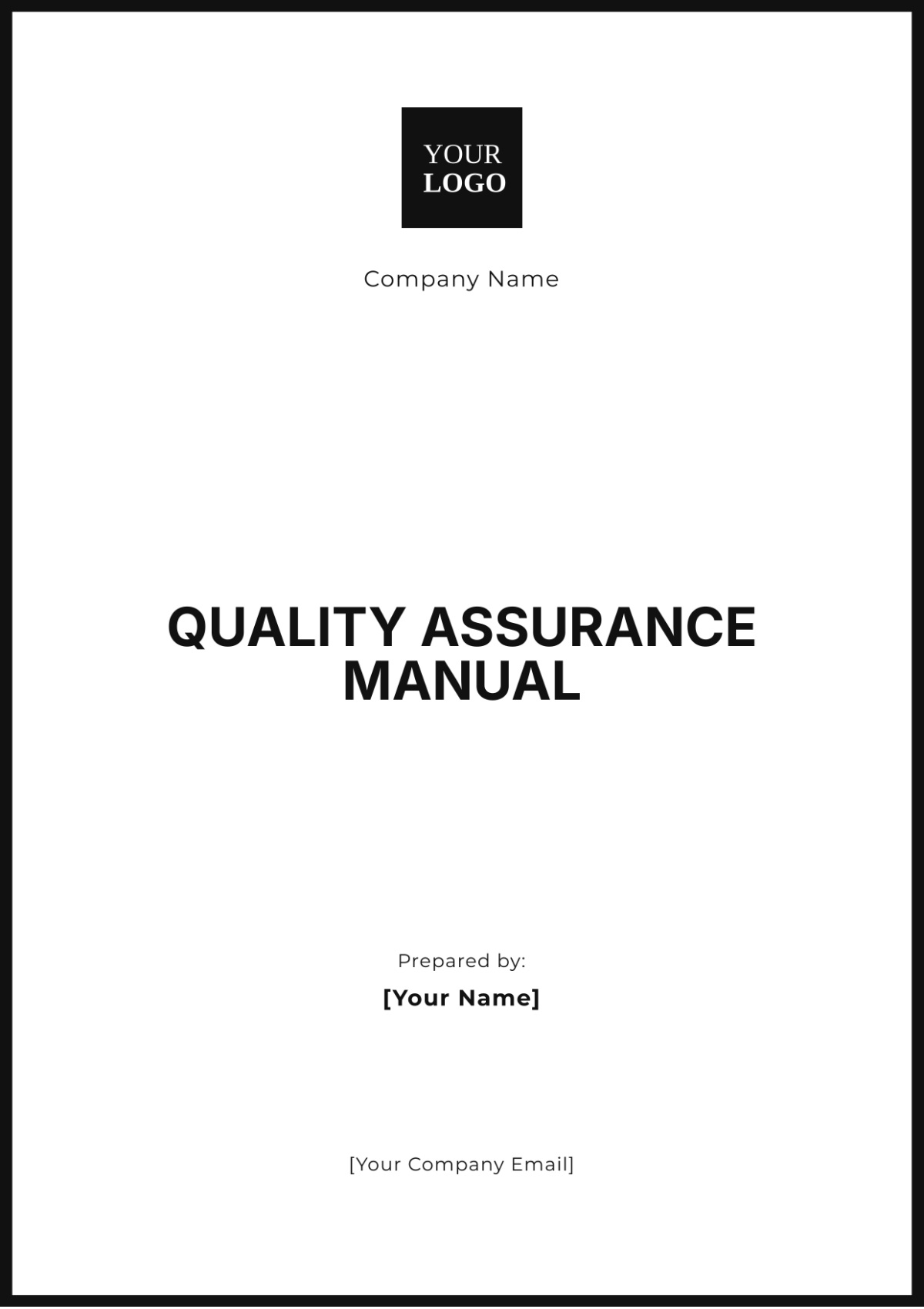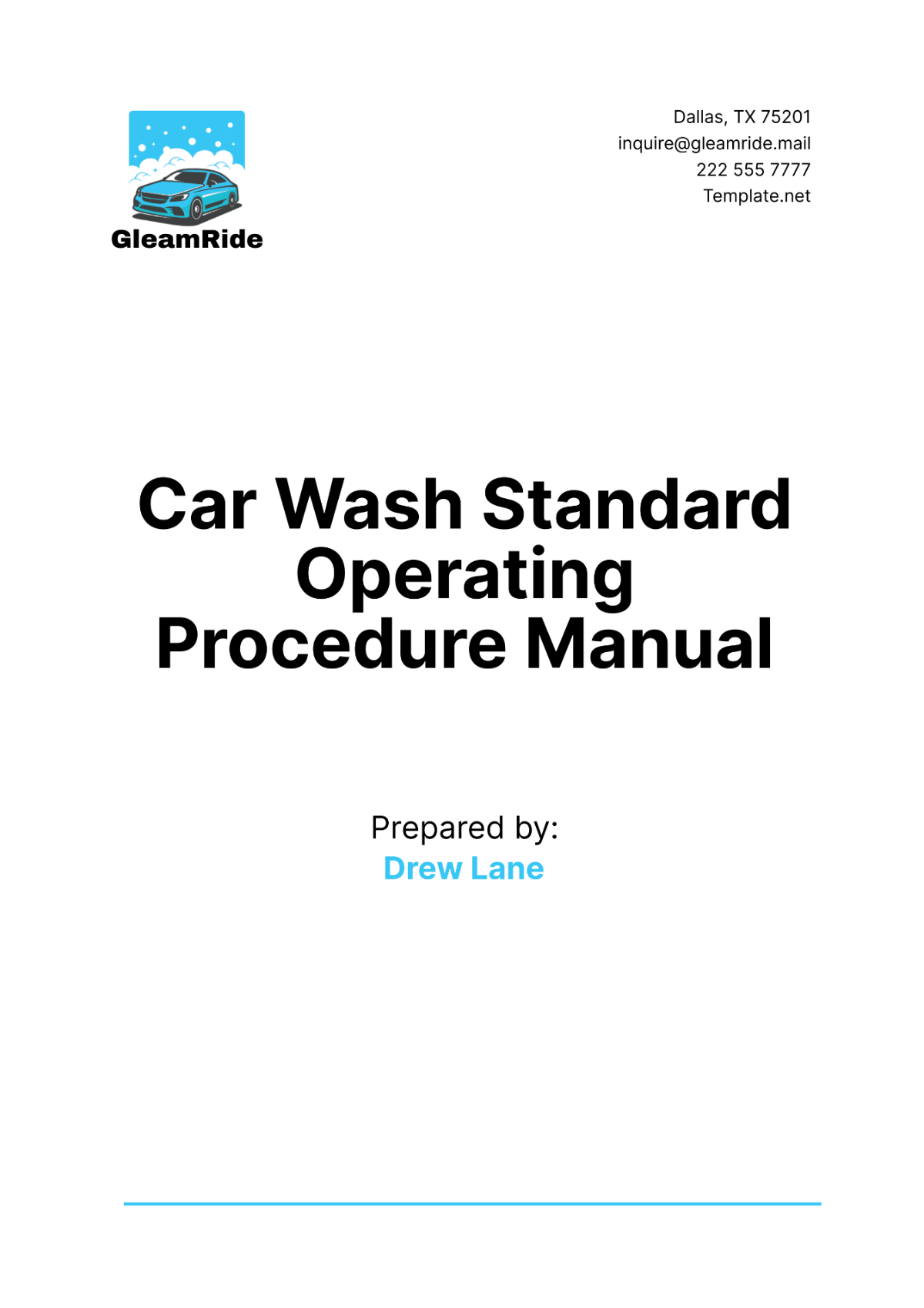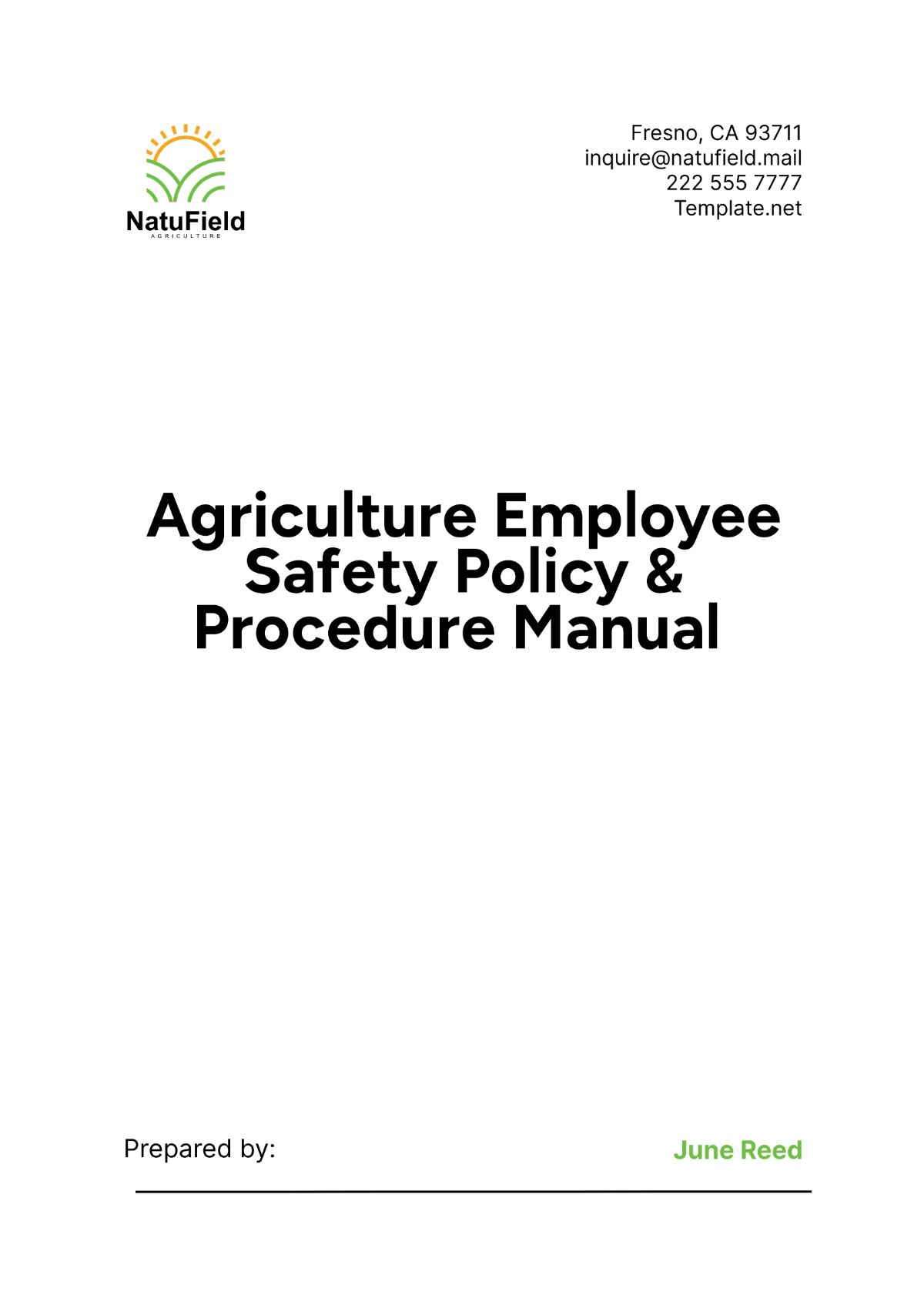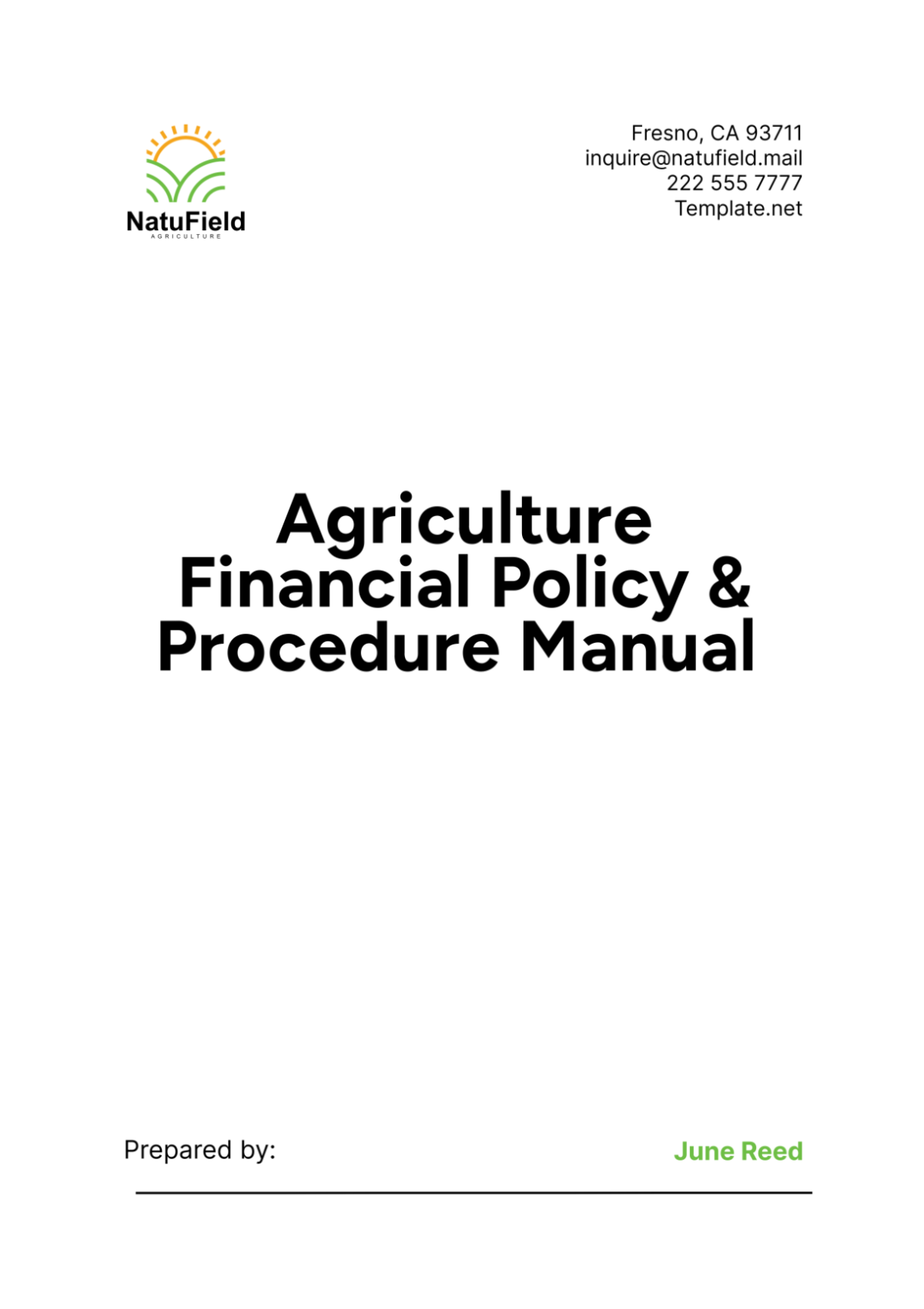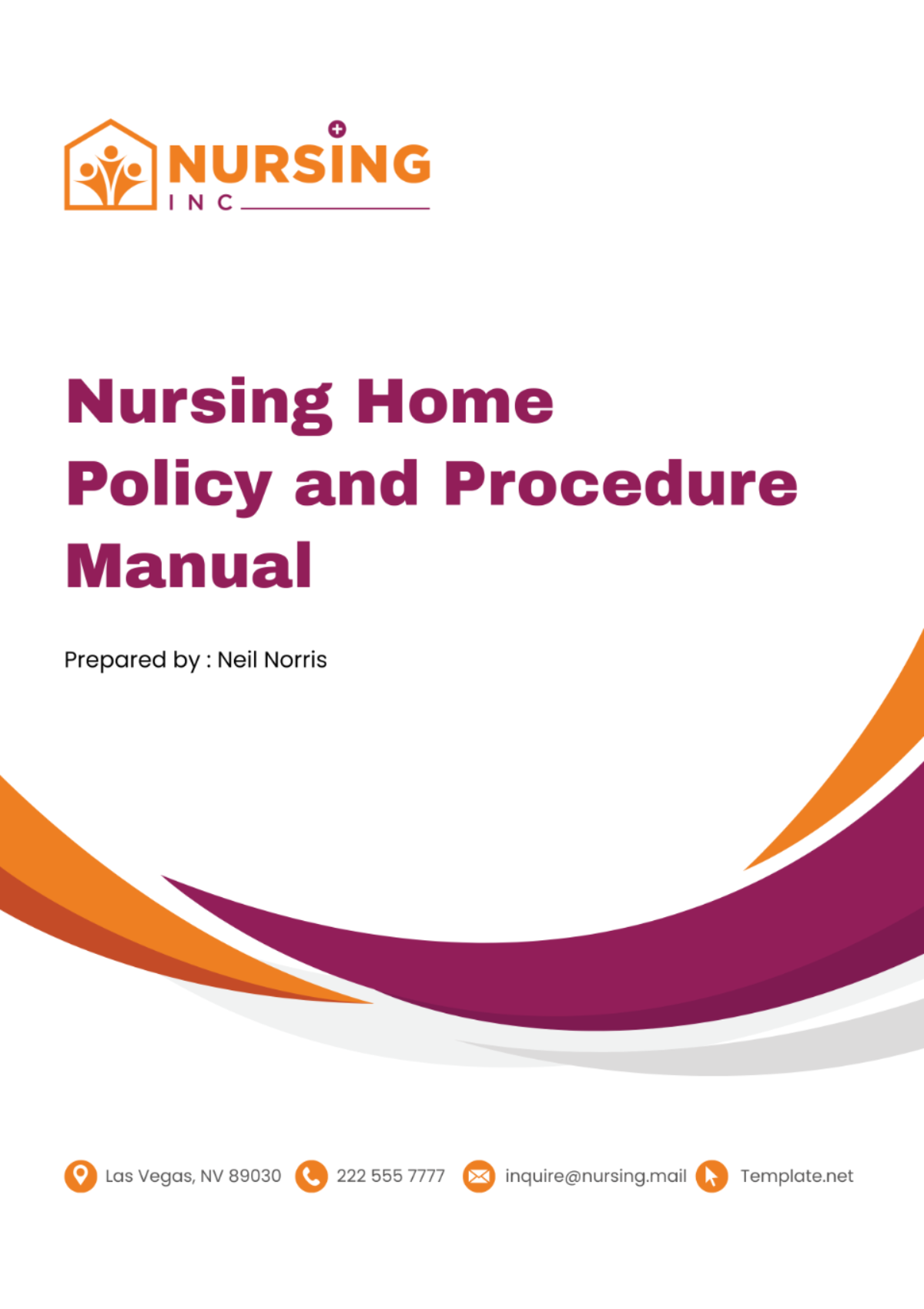Simple Healthcare Procedure Manual
Prepared by: [Your Name]
Date: January 1, 2060
I. Introduction
This manual provides a comprehensive guide to performing simple healthcare procedures. The purpose is to ensure consistency, safety, and compliance with healthcare standards. It is intended for use by healthcare professionals and support staff who are involved in delivering patient care.
II. Procedure/Protocol Sections
This section outlines step-by-step instructions for specific healthcare tasks. Each procedure is detailed to ensure accurate and consistent implementation:
Procedure A: Hand Hygiene |
|---|
|
Procedure B: Blood Pressure Measurement |
|---|
|
III. Roles and Responsibilities
Role | Responsibility |
|---|---|
Registered Nurse (RN) | Perform and document procedures, and oversee support staff. |
Medical Assistant (MA) | Assist RNs with procedures, and prepare necessary equipment. |
Healthcare Administrator | Ensure staff training and compliance with regulations. |
IV. Safety and Compliance Guidelines
Adhering to safety and compliance standards is critical in ensuring a safe healthcare environment. The following guidelines must be followed:
Hygiene Practices: Ensure proper hand hygiene and use of personal protective equipment (PPE) at all times.
Sterilization and Cleanliness: Regularly clean and sterilize medical equipment to prevent contamination and cross-contamination.
Patient Identification: Always confirm the patient’s identity before performing any procedure, using two identifiers (e.g., name and date of birth).
Infection Control: Follow infection control protocols to minimize the risk of healthcare-associated infections (HAIs).
Reporting: Report any safety hazards or potential breaches in compliance immediately to the healthcare administrator.
V. Emergency Procedures
Effective response to emergencies is vital for patient safety. The following emergency procedures should be followed:
Code Blue (Cardiac or Respiratory Arrest):
Immediately activate the emergency response team.
Begin CPR if trained to do so and if needed until the team arrives.
Follow the healthcare facility’s emergency protocols for resuscitation and stabilization.
Fire Alarm:
Evacuate patients and staff per the facility's plan.
Safely transport patients away from the fire hazard.
Follow fire safety protocols, including the use of fire extinguishers if trained and appropriate.
Other Medical Emergencies:
Call emergency services and provide appropriate care until help arrives.
Ensure all staff are trained in basic first aid and emergency response procedures.
VI. Glossary
A comprehensive understanding of common healthcare terms ensures clarity and consistency across procedures.
CPR (Cardiopulmonary Resuscitation): An emergency procedure used to revive someone whose heart has stopped beating.
PPE (Personal Protective Equipment): Gear worn to protect healthcare workers from exposure to infectious agents (e.g., gloves, masks, gowns).
Systolic Pressure: The pressure in the arteries when the heart beats and pumps blood.
Diastolic Pressure: The pressure in the arteries when the heart rests between beats.
Brachial Artery: The major blood vessel in the upper arm, commonly used for blood pressure measurement.
VII. References
The following resources were utilized in the preparation of this manual:
World Health Organization (WHO)
Centers for Disease Control and Prevention (CDC)
Institutional healthcare guidelines and standards












